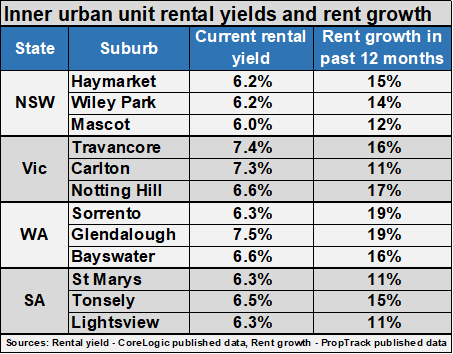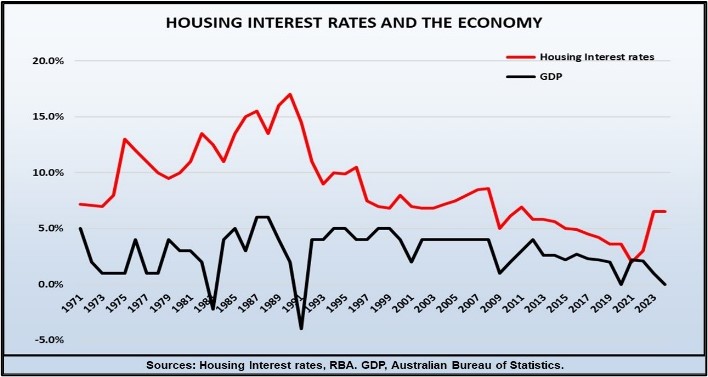When the cure kills the patient
When germs attack our bodies, our immune system quickly goes into action to repel or destroy the invaders. And if all else fails, it raises our body temperature until the enemy has been destroyed. It’s very similar to how the RBA is fighting the disease of inflation with high interest rates.

Using higher temperatures to fight disease is a risky strategy, because there can only be one winner – either the disease is killed, or we die. In the same way, the RBA runs a risk that higher interest rates will kill the economy before inflation is brought down.
In fact, there is mounting evidence high interest rates are stifling the economy, with the latest ABS figures showing that our economy grew by just 0.2% in the June Quarter. The only reason that we are not already in recession is because of the huge numbers of overseas arrivals who are fuelling buyer demand. Put simply, each of us is spending less, but because more people are spending, our economy is still in growth. These migrants do, however, also create more demand for housing.
The rental shortage in inner urban areas is getting worse
New arrivals (at least initially) are nearly all renters, and because they prefer to rent in the high density inner urban areas of our major cities, asking rents and rental yields in those locations are shooting up.
This table shows you some of these locations in Sydney, Melbourne, Adelaide and Perth, where current rental yields for units are over six percent, despite unit rents rising by more than ten percent per annum.

Cutting back overseas arrival numbers is not the solution
While we need overseas arrivals to keep the economy in growth, the downside is that they are directly responsible for the rapid rise in inner urban unit rents. This could motivate the Federal Government to address the housing shortage and escalating asking rents by cutting the intake of overseas migrants. This would be a terrible miscalculation as it would guarantee a quick economic slide into recession.
Instead of trying to kill the economy, the RBA should be caring for the economy
Our current inflation rate is a direct result of the massive borrowing and money printing programs that the government embarked on during the pandemic years to keep the economy afloat. While there is no doubt that this was necessary at the time, it was always going to result in inflation. Over time, the rate of inflation will keep falling as the impact of all that money pumped into the economy dissipates.

There is, however, a proven link between interest rates and economic growth as this graph shows.
Every period of higher than usual interest rates has resulted in economic slowdowns (1975, 1996, 2008) or in recessions (1982, 1990).
The data for the last two years shows that we are heading for an economic recession.
Lower interest rates are the only solution
There is simply no need for the RBA to try and speed up the process of lowering inflation with a “kill or cure” strategy. As the data shows, it’s high time that the RBA turned its attention instead to caring for the economy by reducing interest rates.
Lower rates will not only encourage economic growth, they will turn housing into a more viable option for both investors and developers. This will increase the supply of rental stock and new housing and reduce the upward pressure on rents.